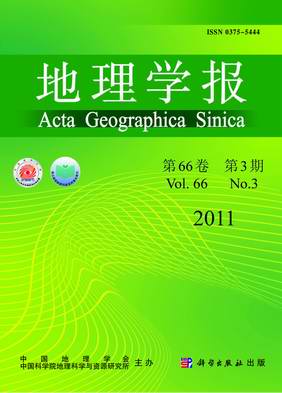ZHANG Shulan, YU Pengtao, WANG Yanhui, ZHANG Haijun, Valentina Krysanova, HUANG Shaochun, XIONGWei, XU Lihong
The ecohydrological model SWIM was used to simulate the hydrological process based on the data of vegetation, soil, climate, hydrology in the upstream of Jinghe River located at the Jingchuan station, and actual evapotranspiration and its components were estimated. The result showed that SWIM model was applicable to this area, and the average annual actual evapotranspiration (AET) was 443 mm from 1997 to 2003 in the watershed, with soil evaporation being 259 mm, vegetation transpiration 157 mm, and canopy interception 27 mm. In the watershed, the AET of the forest and non-forest area in rocky mountain was 484 mm in maximum and 418 mm in minimum respectively. And the AET of loess area was 447 mm lower than that of forest area and higher than that of non-forest area in rocky mountain. In addition, soil evaporation in forest area was significantly low, while the transpiration and canopy interception in the area were obviously high in the watershed. The inter-annual AET mainly occurred in the period from May to August, which was 60% of the total annual AET, with the great proportion 63% of canopy evapotanspiration. The AET of wet year increased by 78 mm compared with that of dry year, among which, soil evaporation increased greatest, followed by transpiration and canopy interception.
